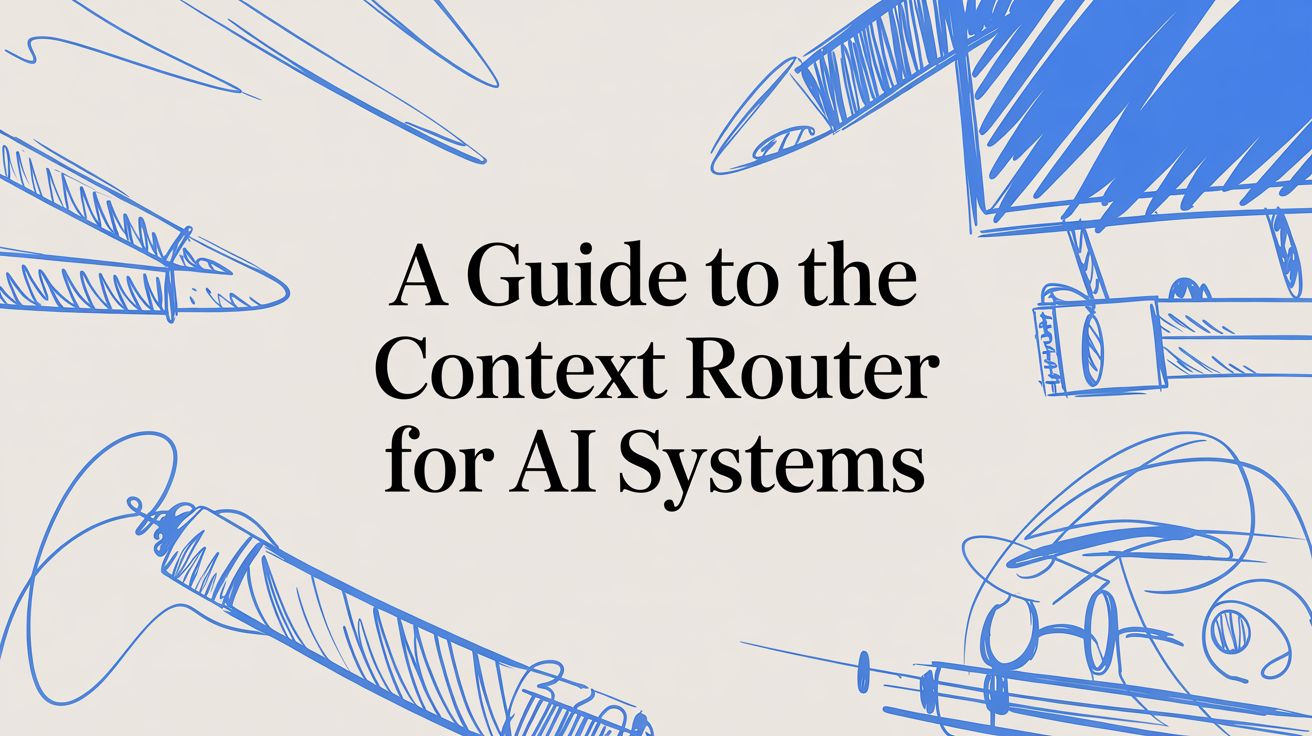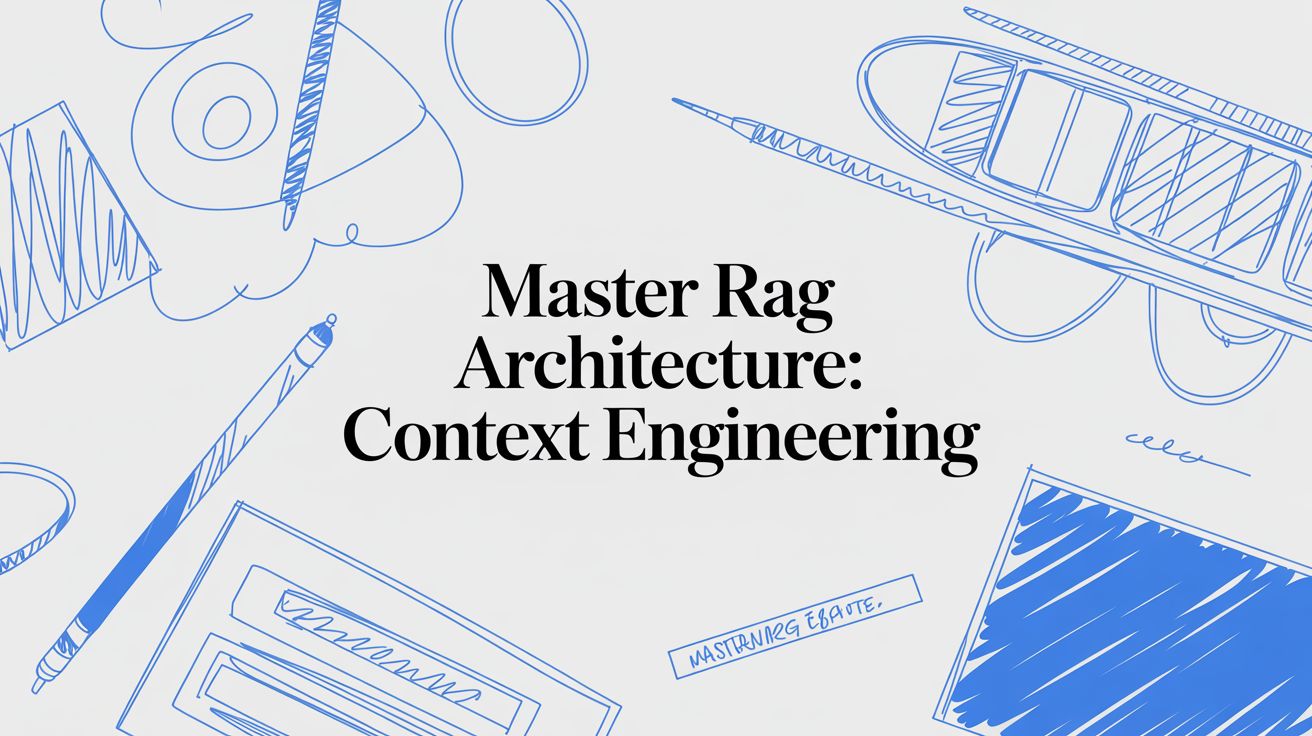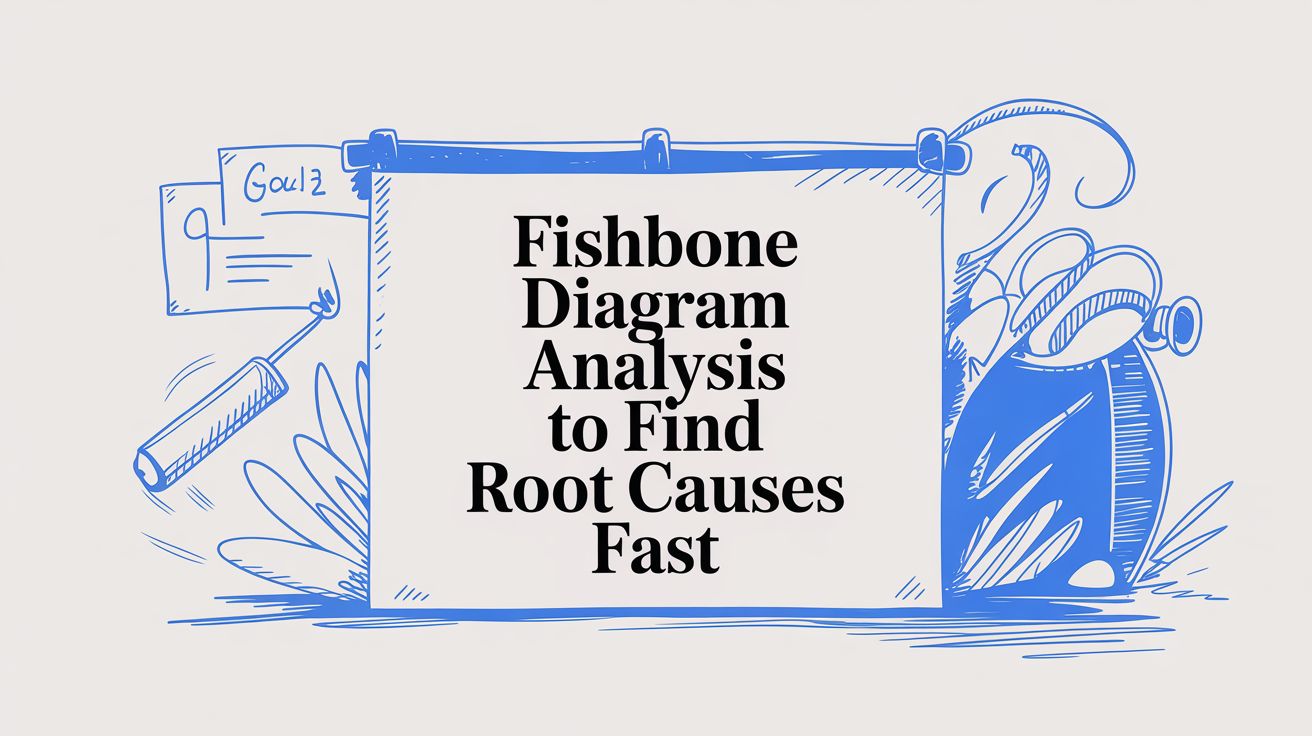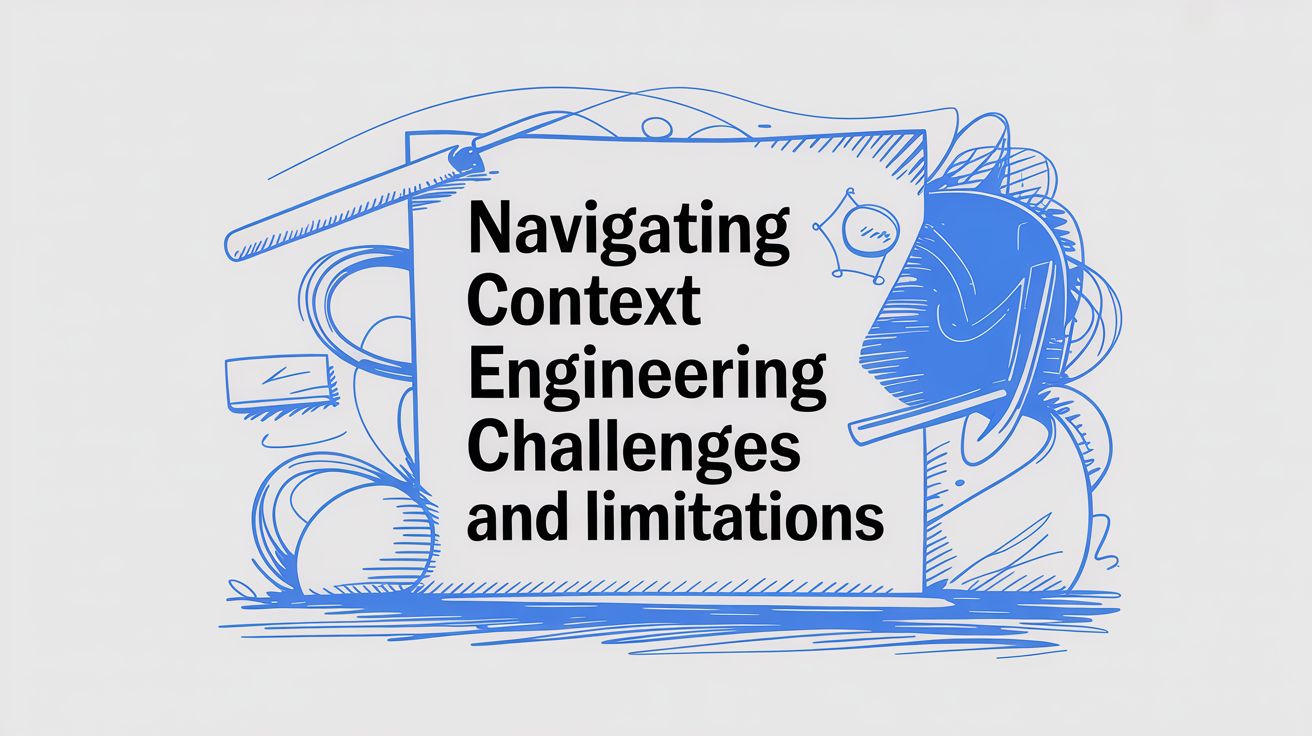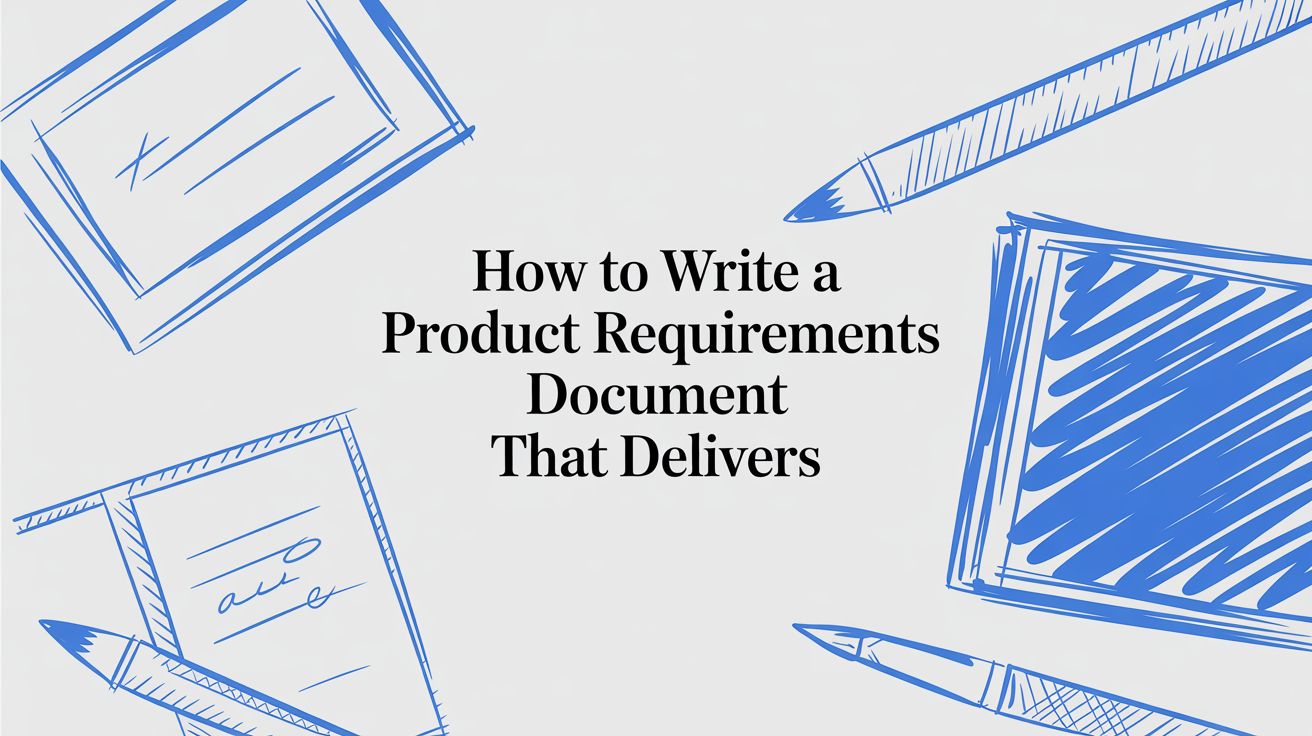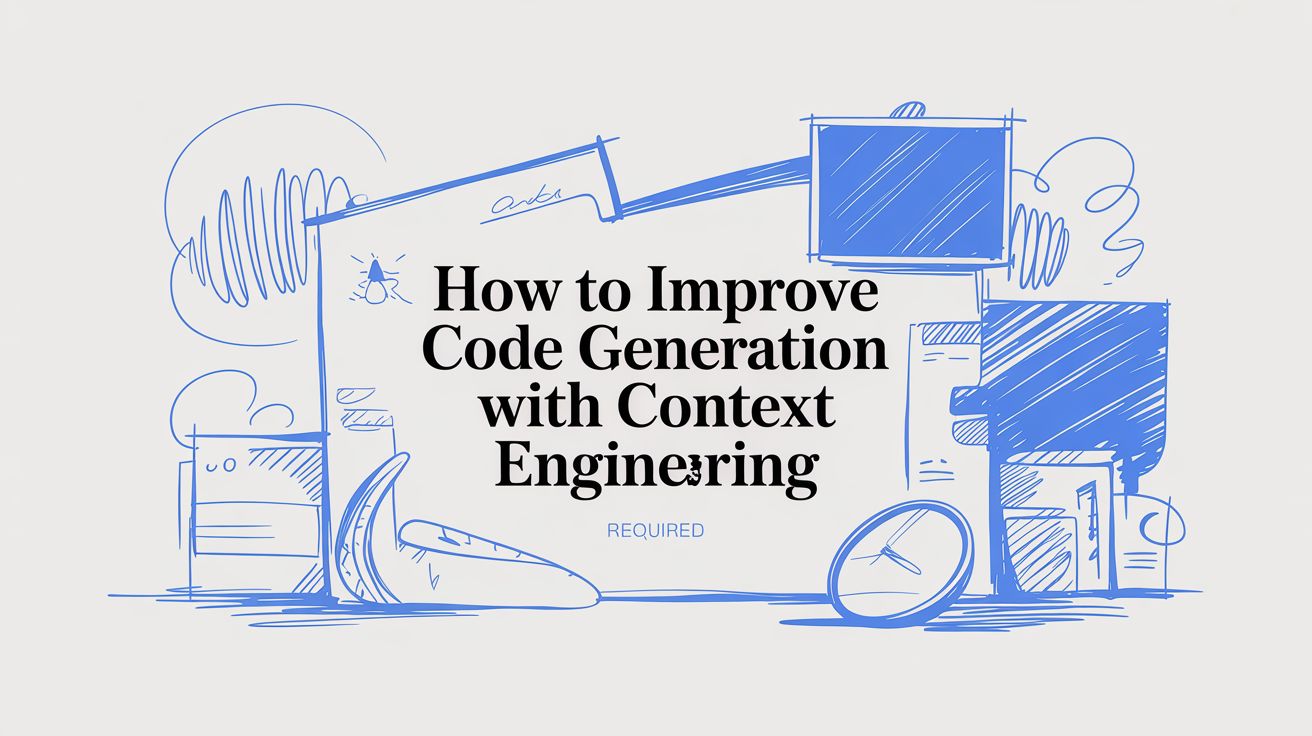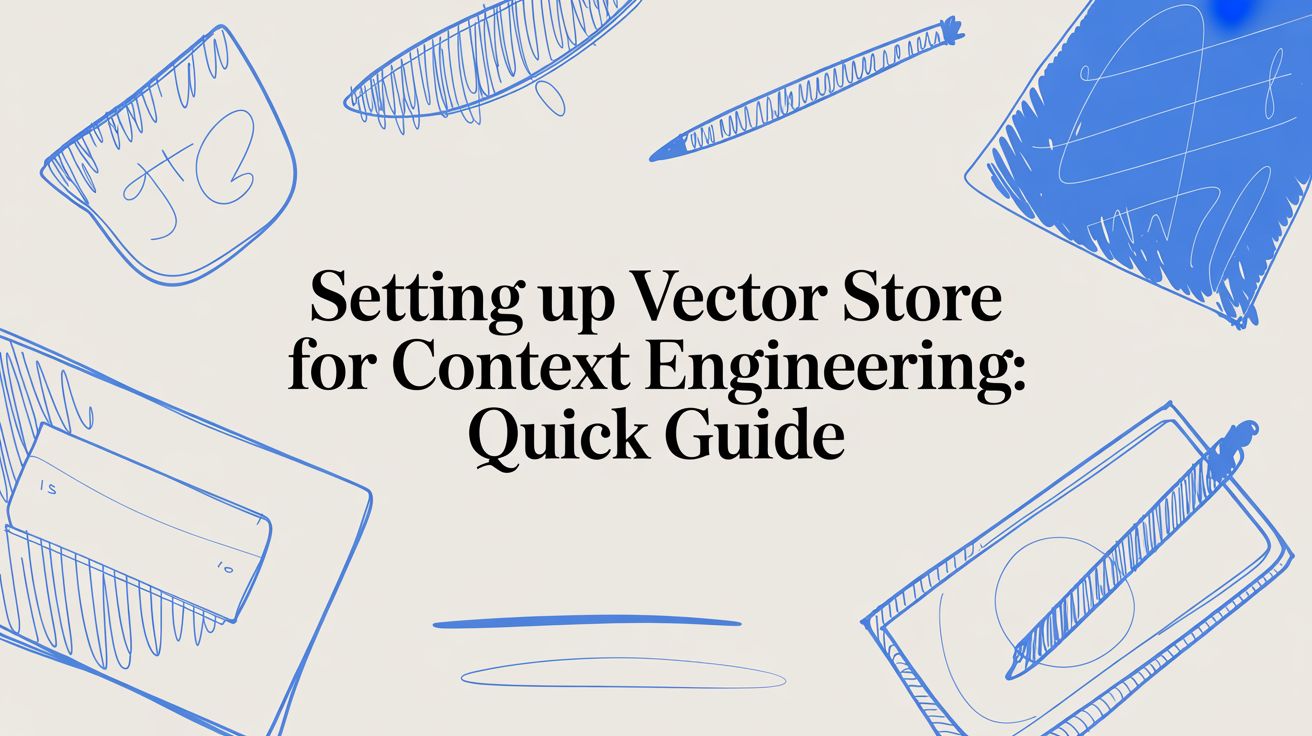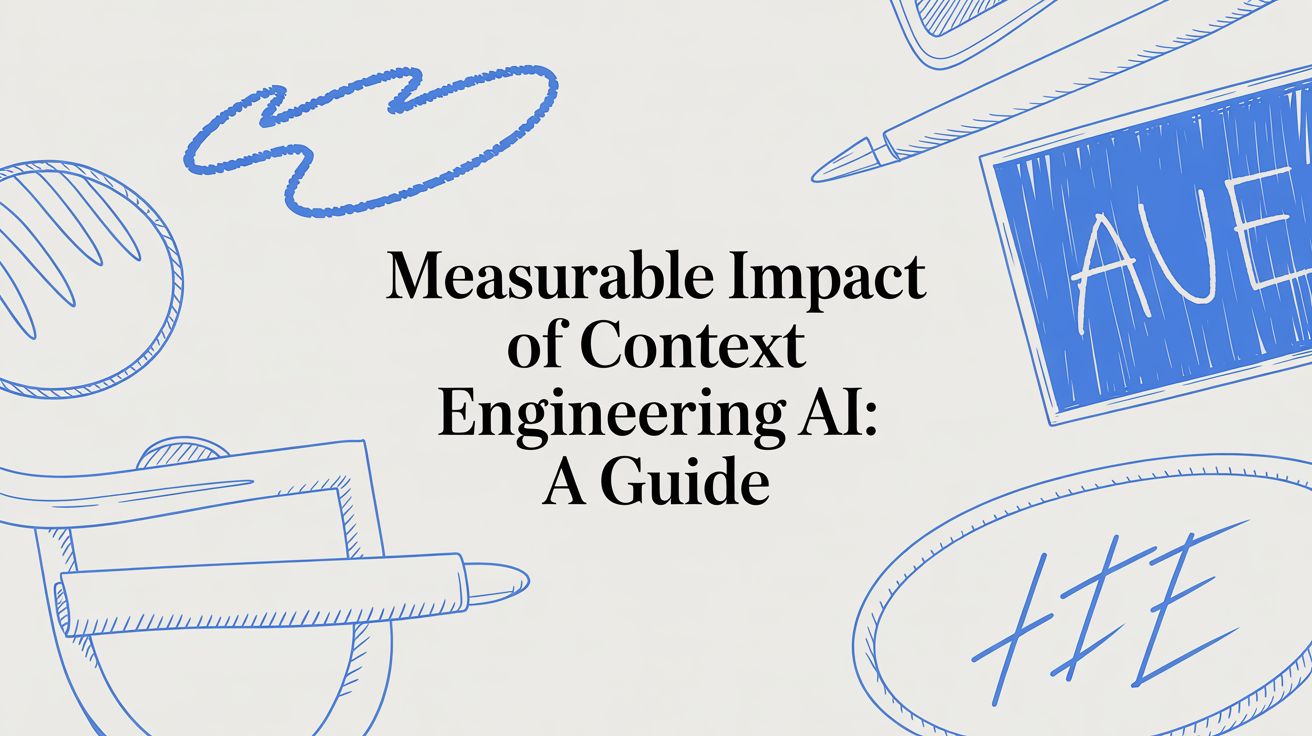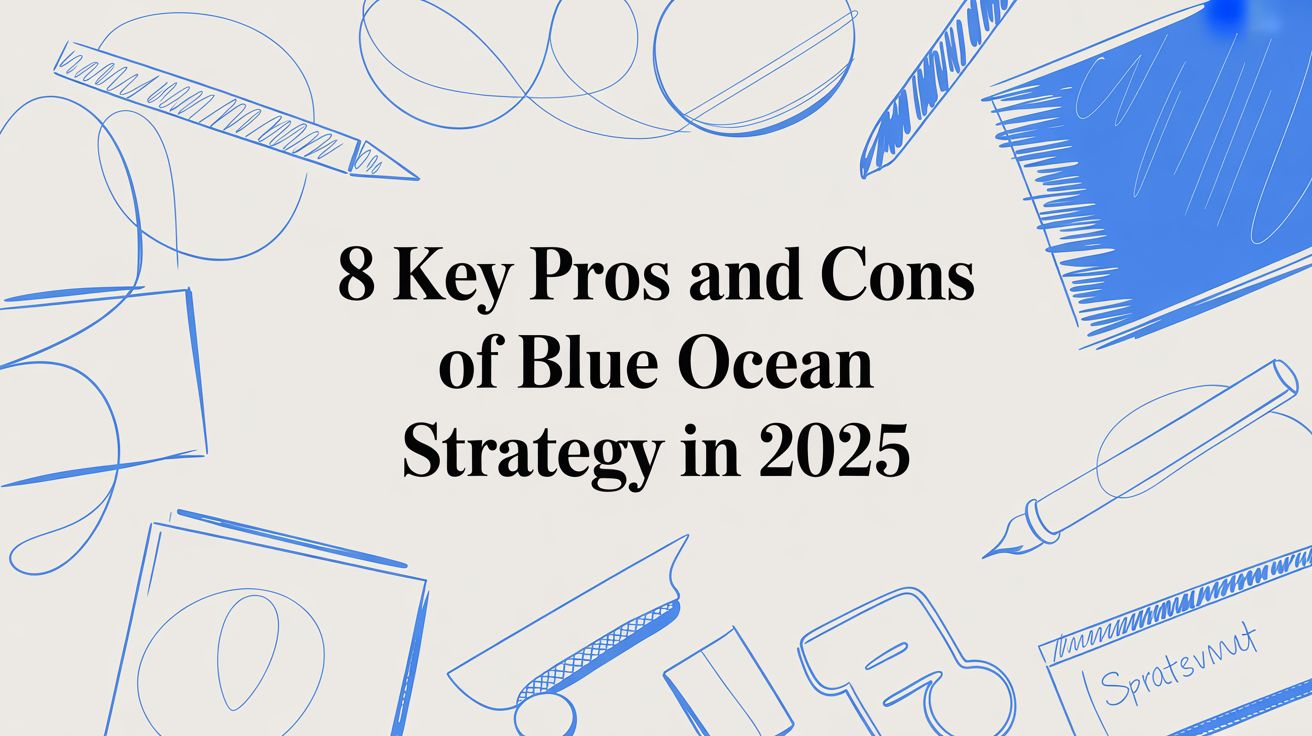
8 Key Pros and Cons of Blue Ocean Strategy in 2025
In today’s hyper-competitive markets, often called ‘Red Oceans,’ companies fight fiercely over a shrinking profit pool, making differentiation a brutal and costly battle. The allure of a ‘Blue Ocean,’ an untapped market space ripe for growth and free from competitors, is undeniable. First introduced by W. Chan Kim and Renée Mauborgne, the Blue Ocean Strategy has become a guiding star for legendary innovators like Apple and Netflix, who redefined their industries by creating, not just competing in, new markets. For instance, Nintendo’s Wii console sold over 101 million units by creating a blue ocean for casual family gaming, while competitors were locked in a costly “graphics war” targeting hardcore gamers.
Read more →